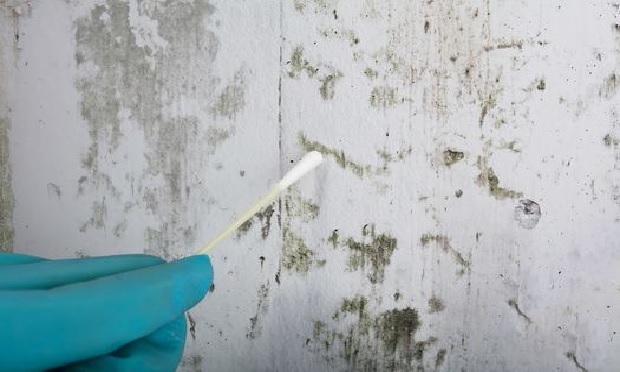 One type of sampling method that is routinely misrepresented is the surface sample. Most surface samples are collected by applying a swab or piece of clear tape onto a surface. These samples aid in the determination that fungal growth or contamination is present on the specific surface sampled. (Photo: Andrey Popov/Adobe Stock)
One type of sampling method that is routinely misrepresented is the surface sample. Most surface samples are collected by applying a swab or piece of clear tape onto a surface. These samples aid in the determination that fungal growth or contamination is present on the specific surface sampled. (Photo: Andrey Popov/Adobe Stock)
In the first article of this series, our discussion highlighted the need to redefine the expectations of what a mold assessment should be and the need to consider the competence of the professionals performing the assessment. In this article, we will discuss the limitations associated with sampling and the overreliance of sampling in lieu of an informed physical inspection. Informed inspections are based on facts and data that are collected to determine the extent, origin, and cause of the mold growth and contamination.
|Mold sampling options
While there are a variety of different sampling methods available to sample mold in the indoor environment, air samples, and in particular spore trap samples, are commonly used to determine the extent that visible mold growth is degrading the indoor air quality, the presence or location of hidden mold growth, or as part of a post-mold remediation verification assessment. Based upon an informed physical inspection, a site-specific sampling plan can be developed, and an informed interpretation of the laboratory analysis can then be made to determine whether the indoor environment is "normal," or characteristic of a well-maintained and dry structure, or whether the interior air is similar to the outside air.
Recommended For You
Want to continue reading?
Become a Free PropertyCasualty360 Digital Reader
Your access to unlimited PropertyCasualty360 content isn’t changing.
Once you are an ALM digital member, you’ll receive:
- Breaking insurance news and analysis, on-site and via our newsletters and custom alerts
- Weekly Insurance Speak podcast featuring exclusive interviews with industry leaders
- Educational webcasts, white papers, and ebooks from industry thought leaders
- Critical converage of the employee benefits and financial advisory markets on our other ALM sites, BenefitsPRO and ThinkAdvisor
Already have an account? Sign In Now
© 2025 ALM Global, LLC, All Rights Reserved. Request academic re-use from www.copyright.com. All other uses, submit a request to [email protected]. For more information visit Asset & Logo Licensing.








